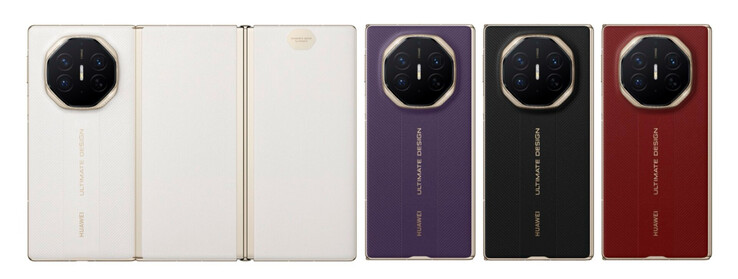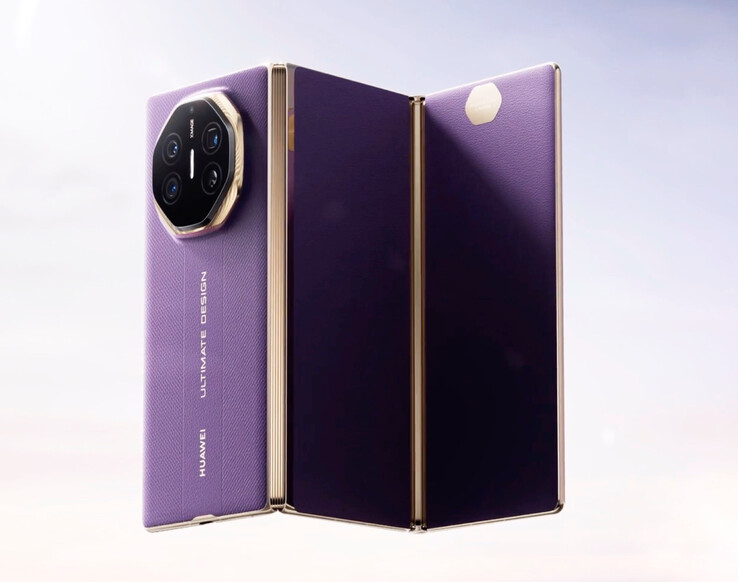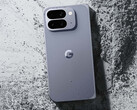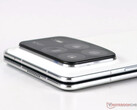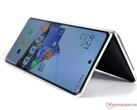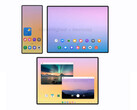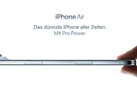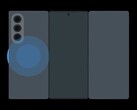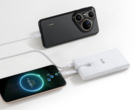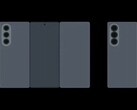While we wait for Samsung to push past the book-style form factor that it has now slimmed to less than 9 mm with the Galaxy Z Fold7 (curr. $1,899 on Amazon), Huawei has updated its Mate XT series with the Mate XTs Ultimate Design. Mate XTs for short, the new tri-fold looks a lot like the Mate XT that we recently reviewed at first glance. Save for new colours and updated finishes, Huawei's latest tri-fold keeps its predecessor's overall design, 298 g weight and 12.8 mm thickness in its folded state.
Likewise, the Mate XTs carries over its 3.6~4.8 mm thickness when unfolded. On top of that, the new tri-fold provides a tablet experience via 10.2-inch display that resolves at 3,183 x 2,232 pixels. While Huawei quotes a 1,440 Hz PWM rate, it has not shared peak brightness or refresh rate values. For reference, both displays on the Mate XT delivered 90 Hz refresh rates and over 2,000 nits (APL 18%) in our tests.
Similarly, the Mate XTs offers 7.9-inch and 6.4-inch display modes when folded once or twice. To support its new tri-fold, Huawei has swapped out the Kirin 9010 for a Kirin 9020 that is said to contain a 10% faster CPU. Apparently, optimisations associated with HarmonyOS 5 should yield upwards of 36% performance improvements from a Mate XT running HarmonyOS 4, though.
Huawei has also swapped last year's 12 MP ultra-wide for a new 40 MP sensor that maintains an f/2.2 aperture. The 50 MP primary camera returns with an f/1.4-f/4.0 variable aperture though, as does a 12 MP and 5.5x optical periscope module and an 8 MP selfie camera. Moreover, Huawei equips its new tri-fold with the same 5,600 mAh silicon-carbon battery as last year's model. 66 W wired and 50 W wireless charging capabilities feature again, too.
The Mate XTs is available in China starting at CNY 17,999 (~$2,522) with 16 GB of RAM and 256 GB of storage for a CNY 2,000 (~$280) drop on last year's model. In a similar vein, the Mate XTs' most expensive SKU is 6% cheaper than its predecessor at CNY 22,499 (~$3,152) while retaining 16 GB of RAM and 1 TB of storage. Huawei has not commented on international availability yet, though.





